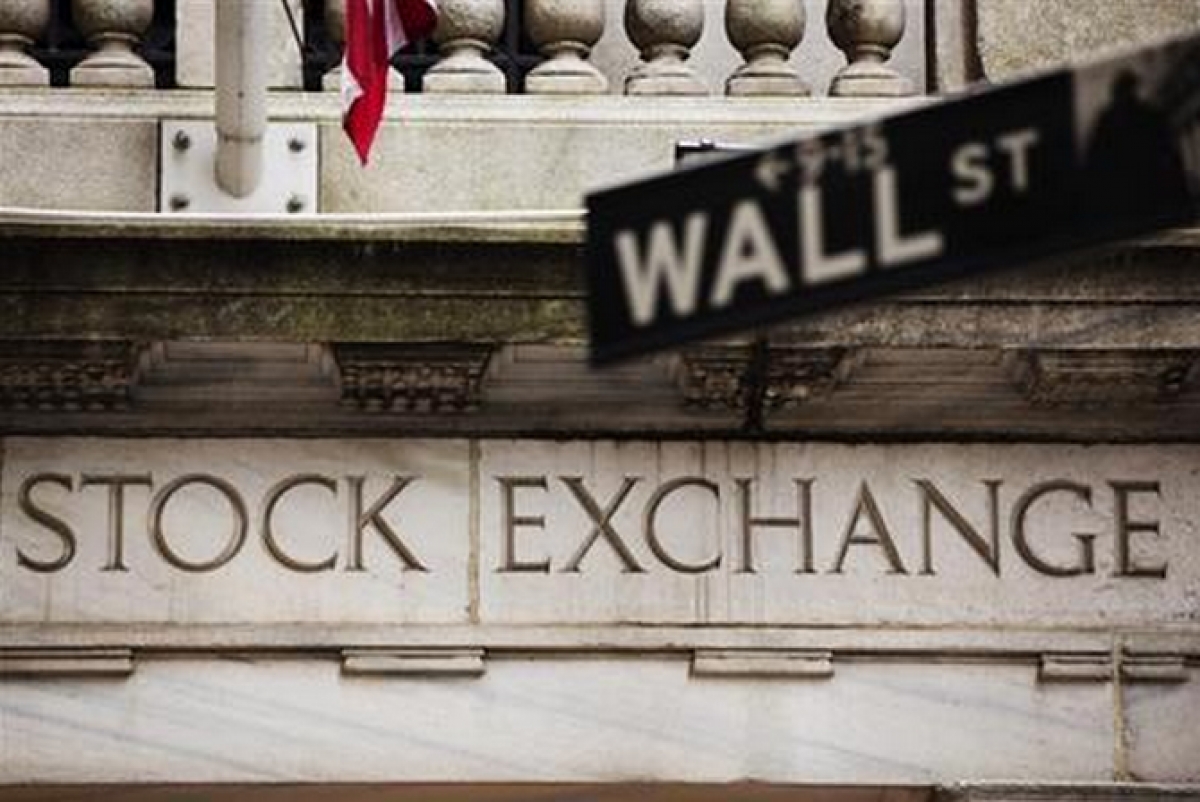Moreover, silver, which enjoys large industrial demand from a variety of areas like chemicals and technology sectors, may also continue to outperform as the global economy picks up speed.
On the other hand, among the worst non-leveraged exchange traded products of the past month, AccuShares Spot CBOE VIX Up Shares (NasdaqGM: VXUP) fell 17.0%, C-Tracks on Citi Volatility Index ETN (NYSEArca: CVOL) declined 14.3% and ProShares VIX Short-Term Futures ETF (NYSEArca: VIXY) dropped 9.4%. The three CBOE Volatility Index, or VIX, related ETPs reflected the diminished concern over the equities market.
VXUP tries to reflect the spot price return of the CBOE Volatility Index. VXX and VIXY, on the other hand, include front month VIX futures.
The VIX is a widely observed indicator for investor sentiment in the stock market and measures the expected or implied volatility of large-cap stock options traded on the S&P 500 index. ETPs that track the VIX allow investors to profit during rising volatility or hedge against short-term turns.
Nevertheless, investors should keep in mind that the majority of VIX ETPs are designed to track CBOE Volatility Index futures contracts, not the VIX spot price, so the VIX ETPs may not perfectly reflect VIX spot price changes.
The VIX was hovering around 15.8 at the end of April, compared to this year’s low of 13.1 at the start of the month.
While the VIX is hovering around the historical average range, the low reading this month may reflect an overly complacent market. Consequently, stock investors have been quietly buying up VIX positions to hedge a potential turn in the market ahead. For instance, VXX saw $356.5 million in net inflows and VIXY added $78.5 million in April, according to ETF.com data.
Click here to read more ETF news, strategy and commentary on ETF Trends.
